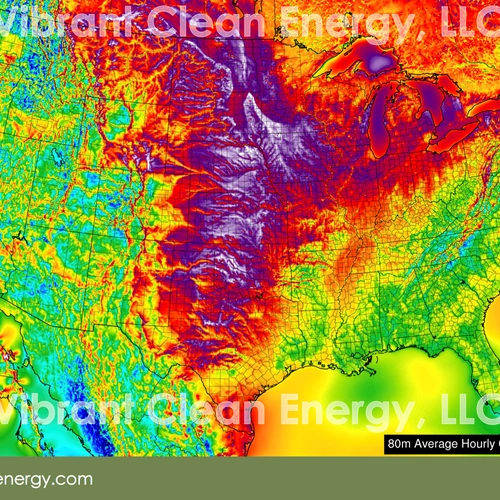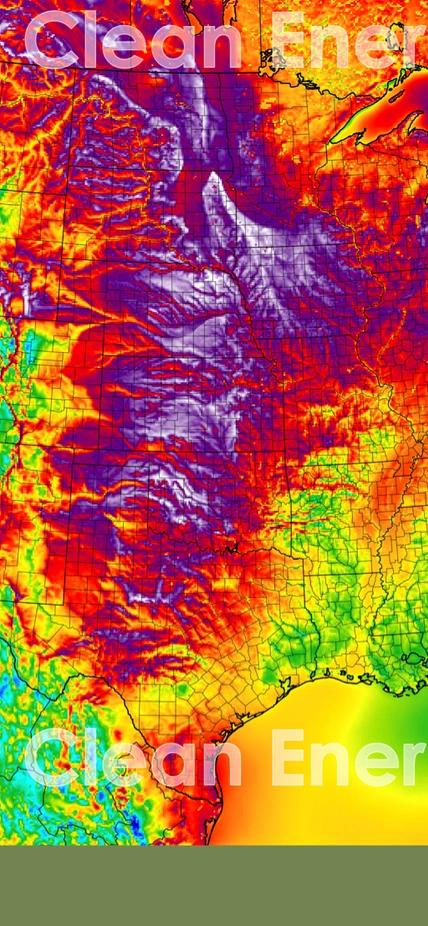Washington, DC—Solving the climate change problem means transitioning to an energy system that emits little or no greenhouse gases into the atmosphere. According to new work from a team of experts including Carnegie’s Ken Caldeira, achieving a near-zero-emissions energy system will depend on being able to draw on a diverse portfolio of near-zero-emissions energy technologies.
The study, from a group of 21 top researchers led by Christopher Clack of Vibrant Clean Energy, was published by the Proceedings of the National Academy of Sciences. The group says that solving the climate problem will depend on making use of energy technologies such as bioenergy, nuclear energy, and carbon capture technology, correcting a misleading 2015 research roadmap that indicated the entire United States could be powered by just solar, wind, and hydroelectric energy.
“While wind, solar, and hydroelectric should play a central role in future American energy systems, we concluded that a much broader array of energy technologies is necessary to transition to a zero-emissions future as quickly and seamlessly as possible,” said lead author Clack.
The team is particularly concerned about having backup energy sources to deal with variability in solar and wind, because current energy storage technology is not sufficient to cover gaps in production on a national scale.
“Our energy system is leaking waste carbon dioxide into the atmosphere. When you call a plumber to fix a leak, you want her to arrive with a full toolbox and not leave most of her tools at home,” Caldeira said. “Having a full toolbox means you are more likely to be able to solve the problem.”
Careful evaluations of energy system transitions consistently show that broader portfolios form an important base to ensure success, the team concluded. By contrast, they added that studies that ignore all the options and make questionable assumptions don’t do decision-makers and policymakers any favors.
“Unrealistic visions based on a very limited set of technologies have made it more difficult to actually transition to cleaner technology in the real world,” Caldeira said. “The more technologies that we can bring to the table, the easier it will be to transition to a safe, affordable, and reliable energy system.”

Caption: This map shows wind resources across the contiguous United States at 80 meters above ground level. The team’s research says that this resource is variable, so a broad portfolio of other technologies is needed to move to a zero-emissions energy future. Map is provided courtesy of Christopher Clack and Vibrant Clean Energy LLC.
